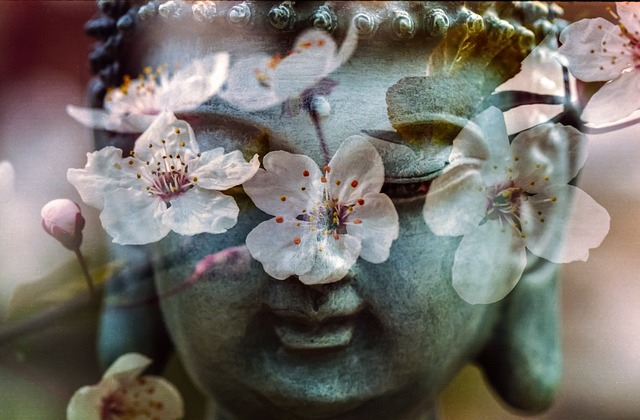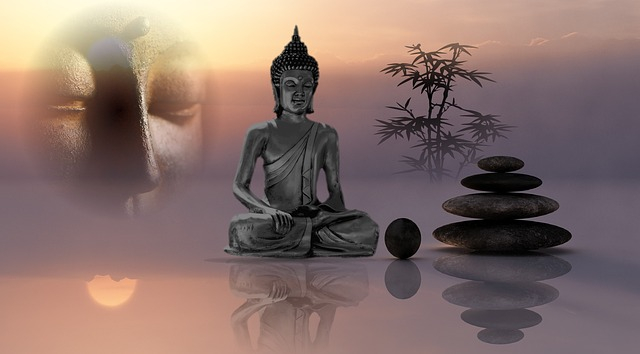The golden age of Zen Buddhism
This practice was at its peak during the reign of China's Sixth Patriarch, Hui-neng. He removed most of the Indian elements of this practice and replaced them with Chinese elements. In fact, he was largely responsible for the modern form of Zen Buddhism. Most of the great Zen masters known today originated during this period, and they continue to speak through koans and stories. During this period, Zen Buddhism was organized and settled into five different houses or Buddhist schools. All of these schools still exist and are quite distinct from one another. In Japanese Zen, they are known as the Rinzai School and the Soto School. Zen Buddhism's influence can be found in Japanese aesthetics such as tea ceremonies, calligraphy, rock gardens, and the wabi-sabi principle. It spread its spiritual practices as well as its emphasis on simple aesthetics linked to nature. It also focuses on meditation, moral qualities, aesthetics, and how they can be applied in everyday life.
An important custom associated with Zen Buddhism is the Japanese tea ceremony, also known as the way of tea (chad). Tea ceremonies, on the other hand, are typically for colleagues, friends, and family and lack formal religious aspects. To make green tea for the tea ceremony, matcha powder is typically used. Tea has been traced back to the 9th century in Japan, according to some. Master Sen no Riky, a 16th-century thinker and tea master, had a significant impact on how tea was practiced.
Calligraphy, like Chan Buddhism, which originated in China and evolved into Zen, made its way to Japan from China. Some of the earliest known calligraphy masters date back to the 4th century, with roots dating even further back. As the Heian period (794–1185) came to an end, Japan's calligraphic tradition arose around the 12th century. Calligraphy is an aesthetically pleasing form of handwriting. Calligraphy in various styles can be found in many cultures and is typically created with brushes or pens. It could just be for show. Alternatively, calligraphy may serve a higher purpose, such as its meditative aspects in Zen Buddhism, which promote enlightenment. The relationship between calligraphy and Zen thought is reciprocal. A calligrapher, for example, cannot repaint over a single piece of work, so they must concentrate on delivering fluidity of motion when carrying out a brush stroke. When one's mind is clear, the body automatically channels the necessary spiritual qualities when painting letters or characters. Japanese monks use calligraphy for meditation, such as perfecting a circle, ens, which represents enlightenment. There are also connections between various Zen-inspired aesthetic practices, such as using calligraphy to calm one's mind before a tea ceremony.
Traditional rock gardens (Zen gardens or dry gardens) originated in religious settings such as monasteries and temple grounds in Japan. The classical form of these gardens originated in Kyoto (then known as Heian-ky), Japan's capital during the Muromachi (Ashikaga) period (1336-1573). Their purpose at the time was to show the underlying character of nature. Meditation was also practiced in rock gardens. Because such gardens were designed to be viewed from a single vantage point, the monks could meditate in a single location, such as the Hojo porch (the residence of the head (abbot) of a temple or monastery in Japan).
Wabi-sabi is a traditional Japanese way of thinking that fosters acceptance of change and imperfection in both natural and artificial aesthetics. Perfection and mutability can still be perceived as beautiful in Zen-inspired aesthetics. This notion can be expressed in nature in the following ways:
- asymmetry
- simplicity
- signs of aging and other types of impermanence
These aesthetic qualities elicit a response, such as a sense of longing and isolation. However, these qualities enable one to understand the limits of the physical world and achieve liberation from it. As a result, these seemingly negative characteristics are positive in the eyes of Mahayana Buddhism.







